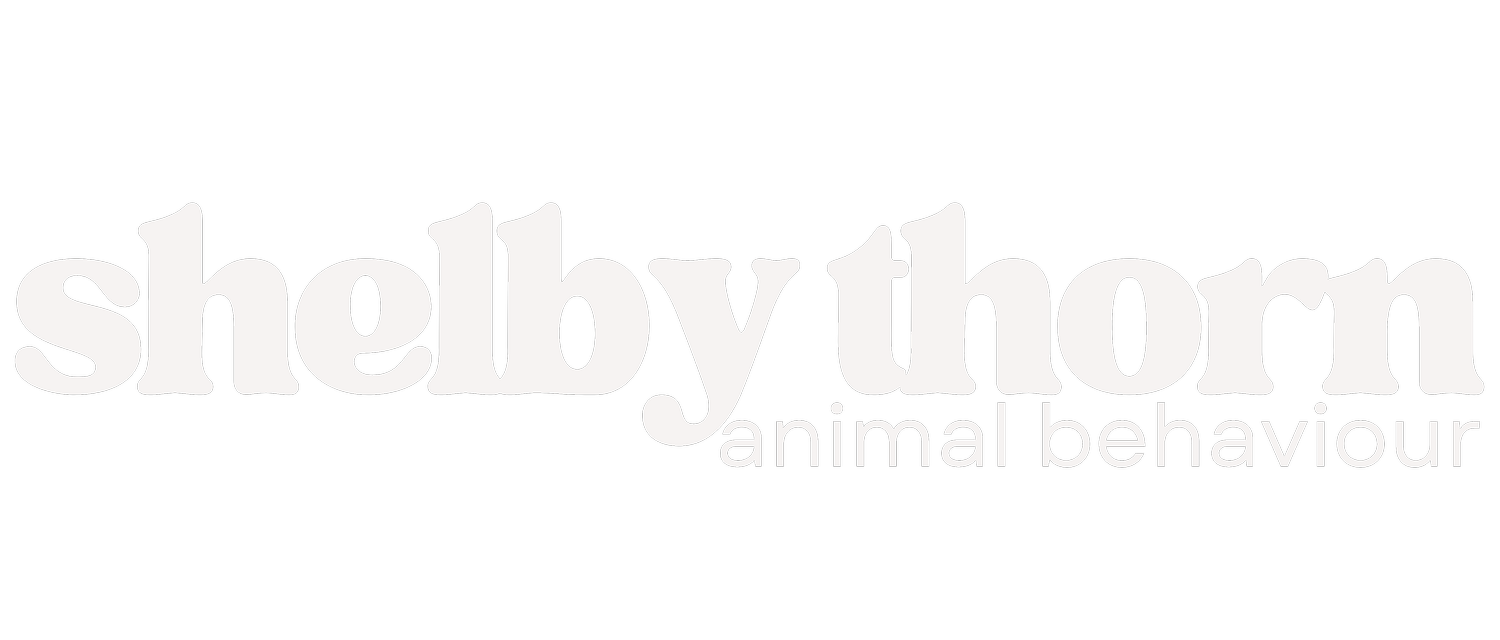The phases of training.
Each time we teach a dog a new behaviour we move through three different phases of training.
Teaching Phase - As it sounds, the teaching phase is when we show or encourage a dog to perform a particular behaviour, marking and reinforcing as it happens, coaching the dog and defining what our expectations are. There are many different ways in which we can teach dogs to achieve behaviour. Some common techniques include luring, shaping, capturing and compulsion. Luring is when you use food to encourage dogs to move into different positions. This sets up the dog for a positive learning experience and an opportunity to use R+ without being invasive or forceful. Shaping involves marking and rewarding little efforts towards your goal behaviour to help your dog know when they’re on the right track. It is also often referred to as the process of successive approximation. Capturing is when you simply wait for a behaviour to occur, this can cause frustration in dogs if they are unclear on what you’re after and so motivation is easily lost. Compulsion, also commonly known as guiding, is when dogs are physically moved into the desired positions. This can cause a lack of confidence with handling because pressure is applied. This technique is a form of negative reinforcement which we know, as outlined above, is likely to result in fallout.
2. Training Phase - Once your dog has an understanding of the behaviour that’s wanted, you will move into your training phase. This is essentially when we perfect your behaviour, increasing the quality of your dog's performance. It is the beginning of this phase that you will start to teach your dog word association by adding your verbal cue for the behaviour as your dog successfully performs it, right before your mark and reinforce. By the end of this phase, your dog should be able to reliably perform the behaviour without luring or much encouragement, but simply by using a verbal or visual cue. It’s the phase of practice, practice, practice! Your dog will not immediately go from one phase to the next, they will move through transitional periods and so patience is important.
3. Proofing Phase - You’ll be stuck in the final stage of teaching behaviour for a while! Proofing involves teaching your dog to perform the taught behaviour anytime - anywhere! When we proof behaviour, this is done by slowly increasing practice and expectations around the duration in which your dog is expected to perform a behaviour, the distance you ask your dog to display the behaviour from and the distractions that may occur when you ask your dog to show behaviours. This is done by teaching your dog a release cue.


